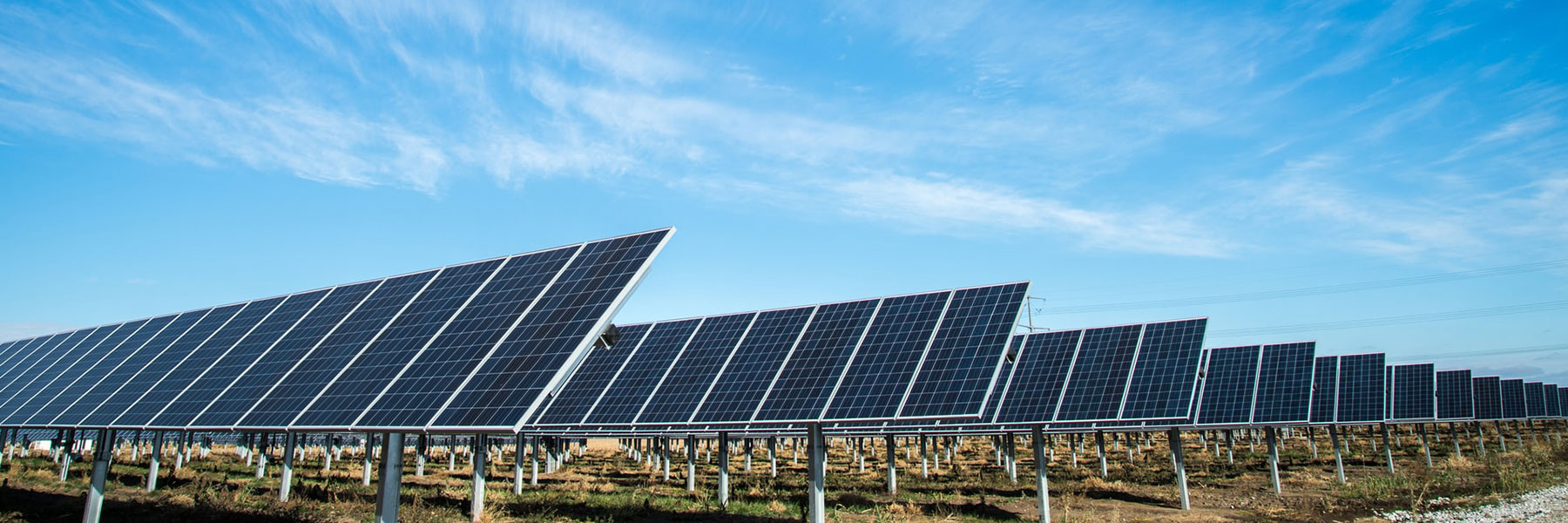Today, the key for utilities is to identify low-cost, low-risk opportunities to enter the AI world. Complex machine-learning algorithms can be executed to sustain everything from home energy management to job site safety. Artificial intelligence and data science are causing positive developments in the utility industry. AI ensures more accurate data collection, and ML techniques can spot any faults in the sensors or the drone’s flight path while in the air, recalibrating as needed and identifying individual elements.
The electric utility industry is frequently in a changing environment, and deregulation is a crucial pressure driving this change. Energy production and delivery access to the customer will need to become more aggressive. The general issue of this industry is how to provide high-quality energy cost-effectively. Also, reducing the need for the capital investment of new generating capacity, cutting back on the depletion of nonrenewable fuels, and reducing emissions. This industry is looking at solutions to improve operating efficiency, safety, and productivity of electric utilities, optimized power consumption, reduced energy costs. Adding on to these issues is the need to focus on customer service and satisfaction.The utility industry has great potential to embrace artificial intelligence. Machine learning could be used to forecast stocks and demand in real-time and optimize the economic load dispatch. Predictive maintenance can be bolstered with drones for asset inspections, replacing time-intensive and risky manual inspections. Demand management can be automated and made smarter with machine learning. AI can detect usage patterns, payment history, and other customer data that may prevent power theft. AI opens a wide range of exciting possibilities for utilities and can deliver real value to serious adopters. The opportunities and rewards are waiting for those willing to take the plunge. Artificial Intelligence (AI) and machine learning (ML) are now set to unleash the next wave of digital disruption by transforming business. Our solution will enable utilities to provide higher quality services at a lower cost with lower environmental impact and give consumers better control over their power usage.
Utilities have successfully enabled business success through the adoption of machine learning and artificial intelligence. Here are some instances of how technology helps:
- Easing the transition to renewable energy- AI can take a predictive approach to the metrics to discover that renewable energy sources get used the most during specific hours of the day.
- Preventing power outages- AI can be used to predict the conditions that cause power outages, identify weak points in the electric grid, and proactively repair them before outages occurred.
- Learning more about customers and their needs-Consumers can control their thermostats by sending text messages via their phones or set them to power saving modes when the house is empty.
- Reducing waste- Data analytics platforms can highlight inefficiency areas, allowing providers to take prompt action and keep their costs down.

